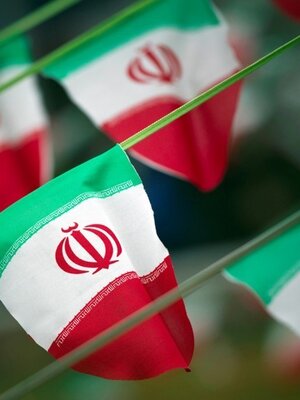
By Asef Bayat
Unlike revolts of the past, the recent unrest in Iran came from an emerging, angry middle class facing a future of limited opportunity. How do we explain the eruption? Among the numerous observations, two broad explanations stand out. The first views the unrest as a prelude to a revolution. The other understands it as an example of how Iranians typically air their public concerns. The reality, however, seems different. Neither simply an extension of routine protests, nor a prologue to revolution, what transpired in Iran recently was an extraordinary popular revolt. At its core: The “middle-class poor,” the rising angry class produced by a neoliberal age in which people’s welfare is left to the mercy of the market. With the opening of Iran’s economy, this class has benefited from educational opportunities, but failed in the job market; their expectations are high, but their livelihood less certain. With a disposition distinct from both the middle class and the poor, this disenchanted and restless class is poised to haunt indifferent authorities.
Read the complete article in The Atlantic.